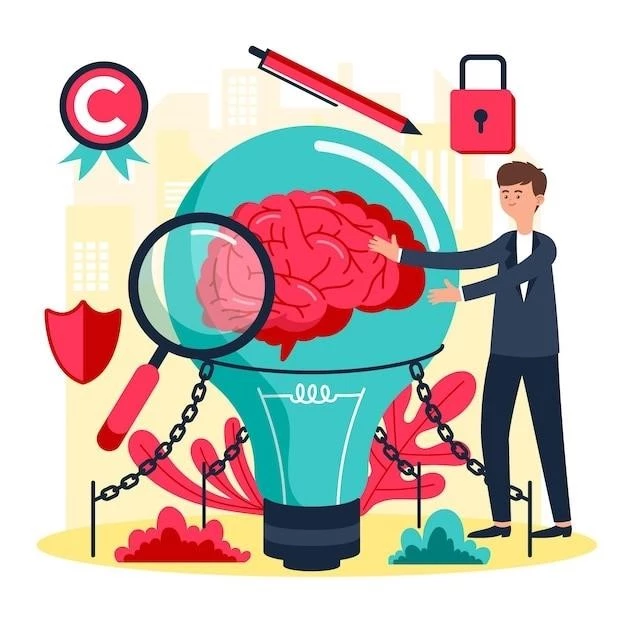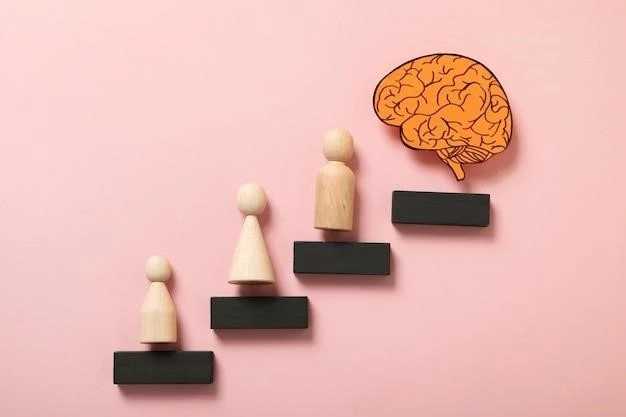The Science of Decision-Making: How Our Brains Make Choices
We make countless decisions every day, from the mundane (what to eat for breakfast) to the life-altering (choosing a career path). But have you ever stopped to consider the complex cognitive processes happening behind the scenes, guiding our choices? As someone deeply interested in psychology and human behavior, I recently embarked on a journey to understand the science behind decision-making, and I’m excited to share my insights.
The Role of Cognitive Psychology
Cognitive psychology, the study of mental processes, provides a fascinating lens through which to examine decision-making. It posits that our brains don’t passively absorb information but actively process it, influencing our choices. This processing involves a complex interplay of factors:
1. Perception: The Filter of Reality
Our perception of the world shapes our decisions. I recently experienced this firsthand while choosing between two seemingly similar laptops. Initially, I favored the one with a slightly faster processor. However, after reading rave reviews about the other laptop’s display quality, my perception shifted. Suddenly, the display became the deciding factor, highlighting how our brains prioritize information based on perceived importance.
2. Attention: The Spotlight of Our Minds
Our limited attention span means we can only focus on a fraction of the information available. To illustrate, I recently had to choose a new book to read from a mountain of options. Overwhelmed, I resorted to a simple heuristic: I gravitated towards familiar authors and genres, effectively narrowing my focus and simplifying the decision. This experience underlined how our attention acts as a filter, influencing what we deem important and shaping our choices.
3. Memory: The Tapestry of Experience
Our past experiences, stored in memory, heavily influence our decisions. I vividly recall a time when I chose a restaurant based solely on a friend’s glowing recommendation. However, the experience proved disastrous, leaving me with a bad taste in my mouth – both literally and figuratively! This negative memory now colors my perception of similar restaurants, demonstrating how past experiences, whether positive or negative, shape our present choices.
The Dual-Process Model: Thinking Fast and Slow
Psychologists often describe decision-making using the dual-process model, which suggests two systems at play:
1. System 1: Intuition and Heuristics
This system operates quickly and automatically, relying on heuristics – mental shortcuts that simplify complex decisions. While efficient, heuristics can lead to biases. I recently caught myself falling prey to the availability heuristic while researching vacation destinations. Influenced by a recent influx of travel blogs praising Bali, I found myself gravitating towards this option, neglecting other potentially equally appealing destinations. This experience highlighted how readily our brains rely on easily accessible information, even if it doesn’t paint a complete picture.
2. System 2: Deliberate Reasoning
This system is slower, more analytical, and involves conscious effort. When faced with important decisions, like choosing a graduate program, I engage System 2. I diligently researched different programs, weighed the pros and cons, and sought advice from mentors. This deliberate, analytical approach, while time-consuming, often leads to more informed decisions.

The Role of Emotions
Emotions play a surprisingly significant role in decision-making. I recall feeling paralyzed when choosing between two equally enticing job offers. The logical part of my brain struggled to identify a clear winner. Ultimately, my gut feeling, a cocktail of excitement and intuition, tipped the scales. This experience underscored the undeniable influence of emotions, even in seemingly rational decisions.

Cognitive Biases: The Pitfalls of Decision-Making
Our brains are wired for efficiency, not necessarily accuracy. Consequently, we’re susceptible to cognitive biases – systematic errors in thinking that can lead to irrational decisions. Understanding these biases is crucial for making sound judgments.
- Confirmation Bias: We tend to favor information confirming our existing beliefs. Recognizing this bias in myself has been eye-opening. I’ve caught myself selectively seeking information supporting my preferred political candidate while downplaying contradictory evidence. This awareness encourages me to actively seek diverse viewpoints and challenge my own biases.
- Anchoring Bias: We rely heavily on the first piece of information we receive, even if it’s irrelevant. During salary negotiations, for example, the initial offer often serves as an anchor, influencing our perception of what’s acceptable. Recognizing this bias empowers us to focus on the actual worth of our skills and experience, rather than being swayed by arbitrary anchors.
- Loss Aversion: We feel the pain of a loss more strongly than the pleasure of an equivalent gain. This often leads us to make risk-averse decisions, even when a bolder approach might yield greater rewards. Recognizing loss aversion in myself has encouraged me to take calculated risks, knowing that the potential benefits often outweigh the fear of loss.
Conclusion
Decision-making is a fascinating and complex process, influenced by a multitude of factors, from our perceptions and memories to our emotions and susceptibility to biases. By understanding the science behind our choices, we can become more aware of the cognitive machinery at play, identify potential pitfalls, and ultimately, make more informed and deliberate decisions.










